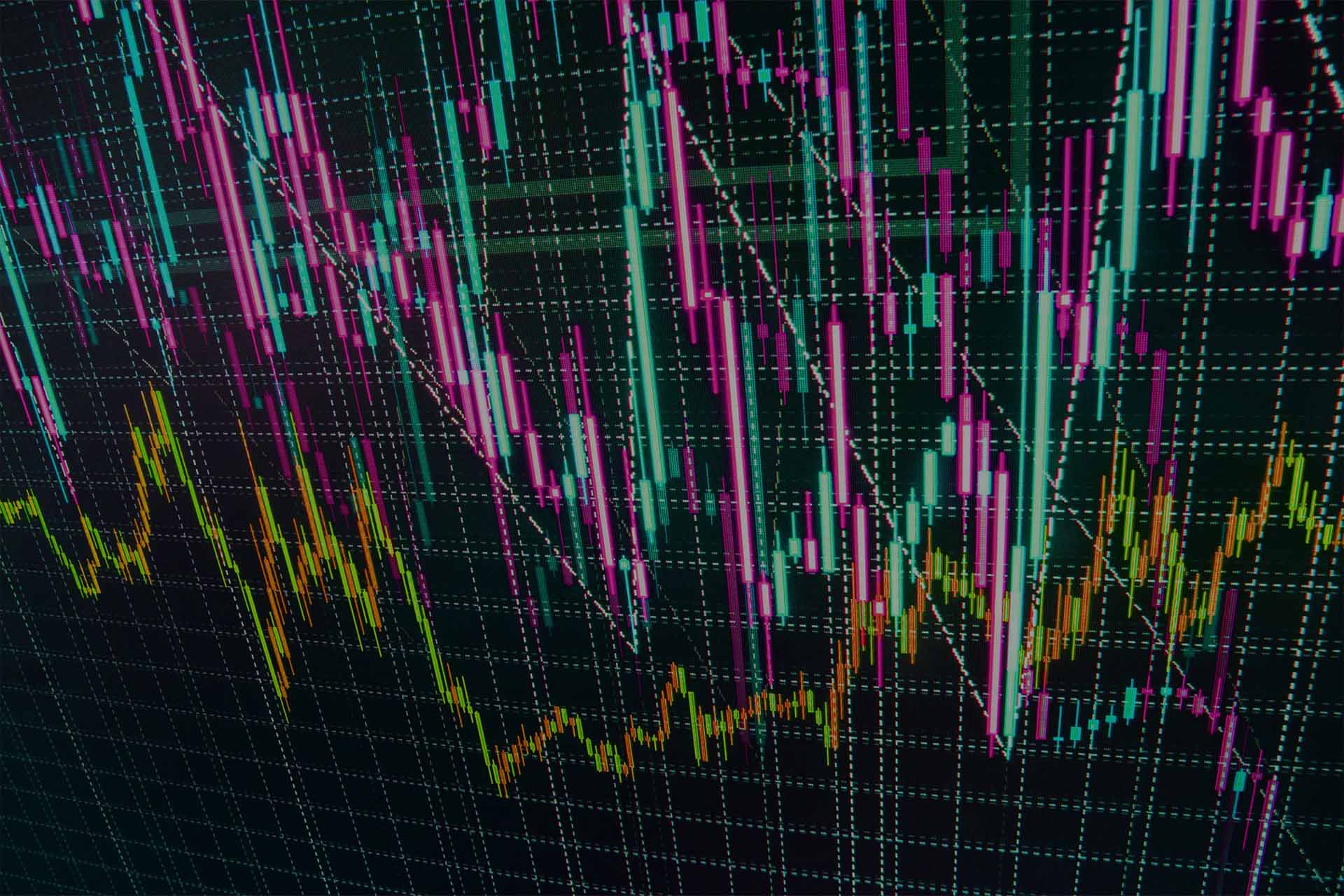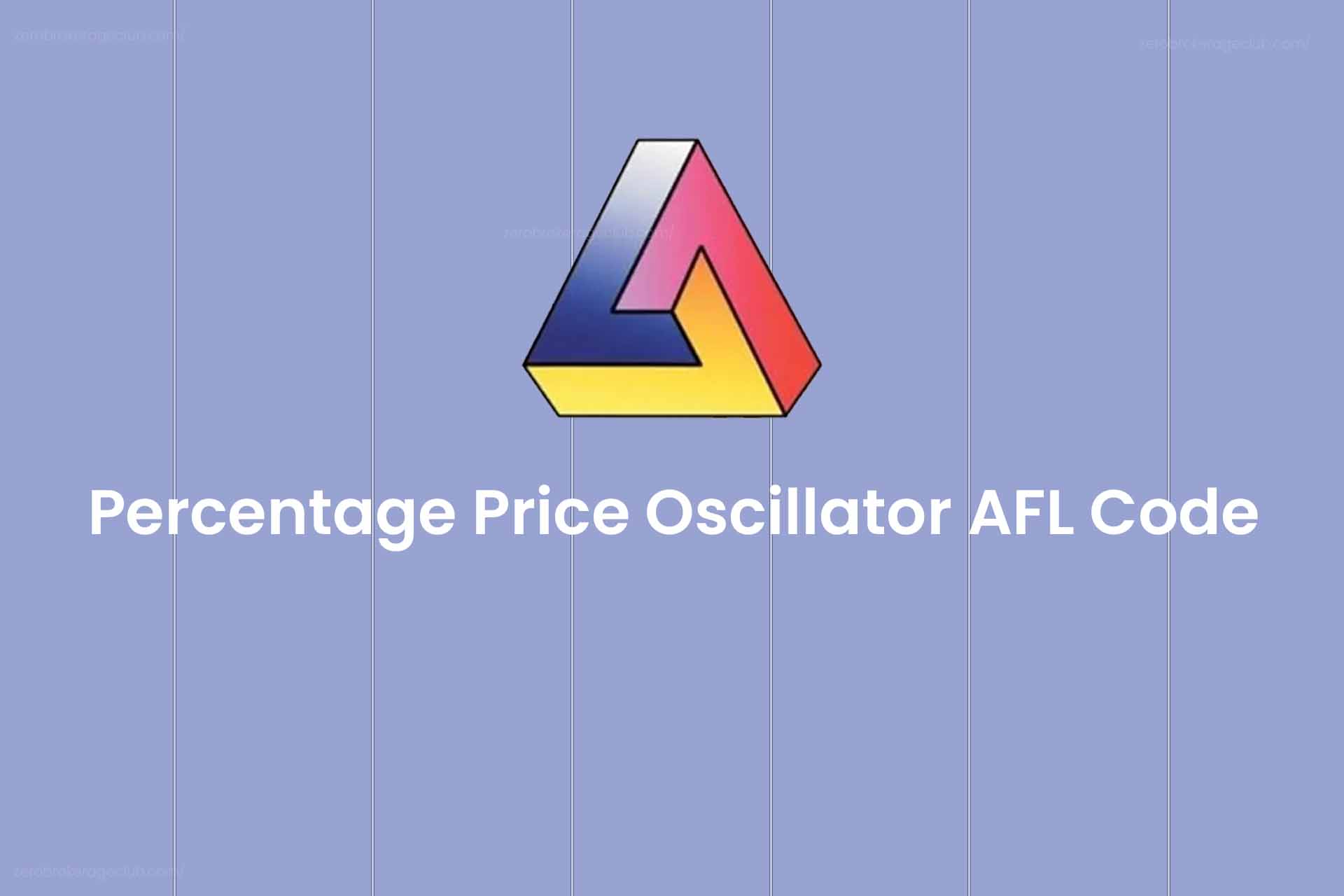Introduction
In today’s fast-paced financial world, High-Frequency Trading (HFT) has become a buzzword that often raises questions. What exactly is it? How does it work? Is it good or bad for the market? Let’s dive into the world of HFT and demystify it in simple terms.
Understanding High-Frequency Trading
High-frequency trading, or HFT for short, is a technique used in the world of finance where powerful computers and sophisticated algorithms are employed to buy and sell financial instruments at lightning speed. These instruments can include stocks, options, futures, and more. HFT firms execute a large number of trades in a fraction of a second, making it one of the fastest trading strategies out there.
How HFT Works
Imagine you’re at a grocery store, and you spot a sale on your favorite snack. You quickly grab a bag and head to the checkout before the sale ends. High-frequency trading operates similarly but at a much faster pace. HFT firms use algorithms to spot tiny price differences between different markets, buy low, and sell high, all within milliseconds.
The Need for Speed
Speed is the essence of HFT. To make these lightning-fast decisions, HFT firms have their computer servers physically located as close as possible to stock exchanges. They also use high-speed data connections to gain a competitive edge. Being even a fraction of a second faster than competitors can mean significant profits.
Critics vs. Supporters
HFT has its share of critics and supporters. Critics argue that it can lead to market instability and contribute to flash crashes, as seen in events like the 2010 Flash Crash. They claim that HFT firms have an unfair advantage and that individual investors are left in the dust. On the other hand, supporters argue that HFT provides liquidity to the markets, narrowing bid-ask spreads and reducing trading costs for everyone.
The Impact on Everyday Investors
You might be wondering how HFT affects you as an everyday investor. While it’s true that HFT primarily benefits large institutions, its influence on the broader market can indirectly affect individual investors. The increased liquidity and tighter spreads can make it cheaper for you to buy and sell stocks.
Conclusion
High-Frequency Trading is a complex, lightning-fast trading strategy that has both passionate critics and fervent supporters. While it remains a topic of debate, it’s essential to understand its role in the financial markets. HFT’s impact on individual investors may not always be direct, but it’s part of the intricate machinery that keeps our financial markets humming.
For more in-depth information on this topic, you can explore articles from reputable sources like Investopedia’s guide on High-Frequency Trading and the New York Times’ coverage of HFT .
In the end, whether you view HFT as a hero or a villain in the financial world, one thing is clear: it’s here to stay, and its impact continues to shape the way our markets operate.





3 Comments